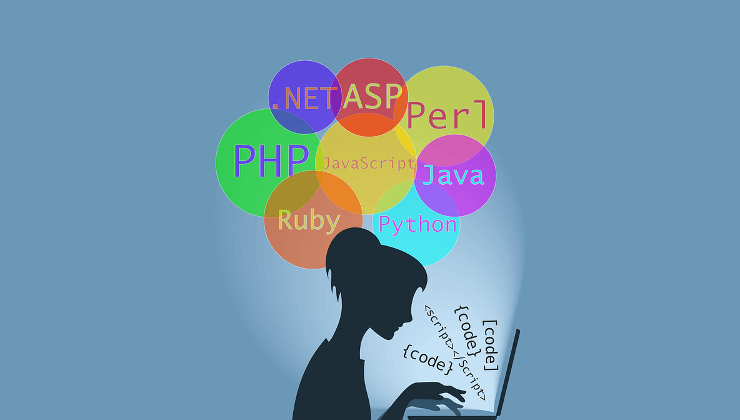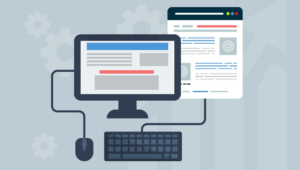Do you know who was the first programmer in the world? I’m sure only a few know. Even if the question was asked to students majoring in informatics, many of them might not know the answer.
Maybe you would never have guessed before that the person who created the first computer program was actually a woman.
According to history, the first computer program was written in 1843 by a woman named Ada Lovelace. He is known as a writer and mathematician who is famous for his work in the form of the first mechanical computer.
Ada Lovelace is the only daughter of the famous poet Lord Byron. Since childhood she was interested in mathematics and her meeting with Charles Babbage became the start of her career. Babbage himself was a British mathematician who first put forward an opinion about a programmable computer.
Long story short, Ada Lovelace was interested in the program that was being run by Charles Babbage, namely the Difference Engine. On the other hand, Babbage was also amazed by Ada Lovelace’s intellectual and writing talent. Babbage even gave Ada Lovelace the nickname “The Enchantress of Numbers”. The two of them then collaborated.
Ada Lovelace then helped Babbage write a computer program for Babbage’s machine called the Analytical Engine. In this case, Ada Lovelace’s major role was in translating the articles of Luigi Menabrea, an Italian mathematician.
Ada also wrote an initial description of computers and software, and added notes on the method of calculating Bernoulli’s number on the machine Babbage developed. Because of that, Ada is known as the world’s first computer programmer.
Ada Lovelace died on November 27, 1852 at the age of 36, which made her unable to continue her development of computers. For her contribution, in 1980 the United States Department of Defense named its computer programming language “Ada” in honor of Ada Lovelace.
In addition, since 2008 the British Computer Society has routinely held a computer science competition for female students every year and named the medal “Ada”. Every mid-October there is also an event “Ada Lovelace Day”, an event that aims to improve women’s abilities in the fields of science, technology, engineering, and mathematics.
The computer program written by Ada Lovelace inspired the emergence of various programming languages such as Plankalkul, Short Code and so on. At the beginning of its emergence, these languages were only studies on paper and there was no implementation at all.
It was only in 1957 that a programming language that actually existed, namely FORTRAN, which stands for Formula Translation, appeared. This programming language was created by John Backus and is used to complete scientific, mathematical and statistical calculations.
FORTRAN is also considered to be the first programming language used for commercial purposes. Even now, the FORTRAN programming language is still often used, especially in the world of space flight, the automotive industry, government and for research purposes.
After successively FORTRAN appeared other programming languages such as COBOL, BASIC, C, Pascal and others.
Apart from technological developments that inevitably demand new programming languages, the emergence of these programming languages is also influenced by other programming languages, for example C++ and RUBY.
The C++ programming language created by Bjarne Stroustrup in 1983 is a modification and development of the C language. Meanwhile, Ruby, which was created by Yukihiro Matsumoto, is a mixture of several programming languages, namely Perl, Smalltalk, Eiffel, Ada and Lisp.
What about other programming languages?
The following is an infographic on the history of the development of programming languages from time to time, which I took from the Rackspace blog. It should be noted that given the large number of programming languages (perhaps hundreds), not all of them are included in the infographic.

The infographic above only covers the Ruby on Rails language, but don’t think that Ruby on Rails is the latest programming language to be developed.
Even now, new programming languages are still emerging. If you want a more complete list of programming languages, please read the article entitled Timeline of Programming Languages on the Wikipedia website.


